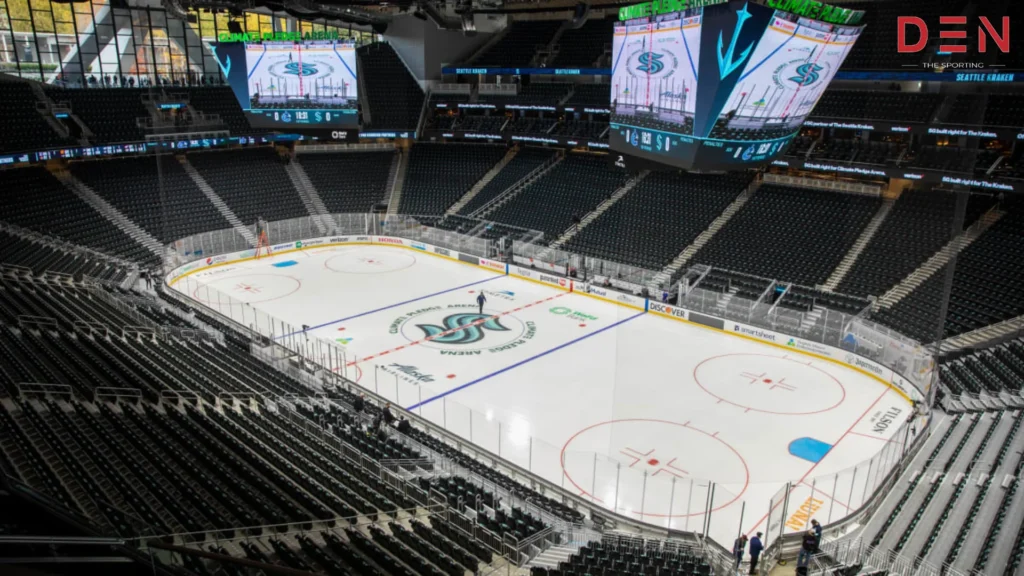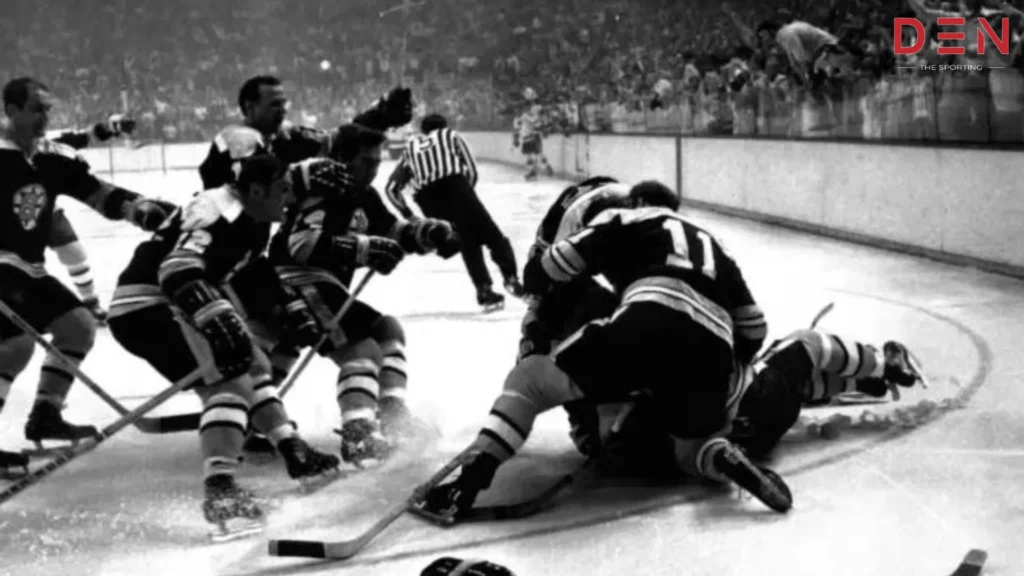
The thunderous applause, the electrifying goals, and the bone-rattling hits – all elements that define the spectacle of NHL hockey. Yet, beyond the riveting on-ice action lies a complex business machinery, with NHL Player Contracts at its core. These legal agreements orchestrate a delicate dance between player value, team financial considerations, and the broader salary structure of the league. In this exploration, we will dissect the intricacies of NHL player contracts, shedding light on the key components and the multifaceted factors that shape them.
Contract Types: Finding the Right Fit
NHL Player Contracts, the lifeblood of team-player relationships, come in two distinct types: Standard Player Contracts (SPCs) and Entry-Level Contracts (ELCs). Standard NHL Player Contracts are tailored for seasoned players, while Entry-Level Contracts are the initiation rites for young, drafted talents. The duration, limitations, and financial details of these contracts differ significantly, each serving a unique purpose in the dynamic world of professional hockey.
Suggested Read: Top 10 NHL Players of All Time: Legends Etched in Ice
Key Components of an SPC: Decoding the Details
Unraveling the language of an NHL Standard Player Contract reveals a web of critical components that define the financial relationship between the player and the team. From the base salary, signing bonuses, to the contract term and the nuances of No-Trade Clauses (NTCs) and Modified No-Trade Clauses (MTCs), each element plays a vital role in shaping the agreement.
Salary
The financial backbone of any contract, the annual salary represents the amount that counts against the team’s salary cap. Striking a balance between competitive compensation and salary cap compliance is a constant challenge for teams.
Signing Bonus
Often a sweetener in the deal, the signing bonus is a one-time lump sum paid to the player upon signing the contract. It serves as both a financial incentive and a gesture of appreciation for a player’s commitment.
Term
The duration of the contract, ranging from one to eight years, influences long-term team planning and a player’s career trajectory.
Suggested Read: Greatest NHL Moments of All Time: An Enduring Legacy
Limited No-Trade Clause (NTC) and Modified No-Trade Clause (MTC)
These clauses add layers of complexity to player movement, providing players with varying degrees of control over potential trades and impacting team roster flexibility.
The Salary Cap: Balancing Competition and Economics
Underpinning the entire NHL financial structure is the salary cap – a tool aimed at maintaining competitive balance by preventing financial juggernauts from monopolizing top talent. Annual adjustments based on league revenue ensure players and teams participate in the financial successes of the league.
Negotiating the Deal: A Collaborative Effort
The negotiation table becomes a battleground where player agents, armed with an intricate understanding of the Collective Bargaining Agreement (CBA), face off against team general managers. Age, performance metrics, injury history, positional value, and comparable contracts all shape the discussions. In this collaborative effort, each party strives to secure terms that align with their interests, creating a delicate equilibrium between player compensation and team budgeting.
Beyond the Money: Performance Bonuses and Incentives
While the base salary is a pivotal aspect, performance-based bonuses inject an additional layer of motivation into player contracts. Tied to individual achievements or team success, these bonuses fuel player ambition and contribute to the overall competitiveness of the league.
Suggested Read: The Evolution of NHL Jerseys
The Impact of Free Agency: A Player’s Market
As NHL Player Contracts approach expiration, players venture into the realm of free agency. Unrestricted Free Agents (UFAs) can explore opportunities across the league, sparking a competitive market that can escalate player salaries. On the flip side, Restricted Free Agents (RFAs) navigate a more limited landscape, negotiating with their current team or considering qualifying offers.
FAQs
The method of player compensation involves receiving biweekly payments throughout the season, totaling 13 paychecks. Additionally, starting from training camp, players are granted a daily allowance of $132 while traveling with the team ($66 on game days and days they depart from their home city after 12 p.m.).
NHL franchises maintain sole drafting rights for two years post-draft selection or until the player’s eligibility in NCAA or major junior leagues expires. Contracts for players are limited to a maximum of seven years.
NHL Official Website: (https://www.nhl.com/)
Summing It Up: A Symbiotic Relationship
In conclusion, NHL Player Contracts are not mere legal documents; they are the economic bedrock of the league. This mutually beneficial bond guarantees economic security for players while enabling teams to assemble formidable lineups. The bargaining procedure, a nuanced interplay between personal performance and the financial well-being of the league. Forges deals that navigate the complex terrain of the NHL’s business realm. As the NHL progresses, these contracts will inevitably adjust. Preserving the fragile balance between the commercial aspect of the sport and the steadfast devotion shared by players and fans.




